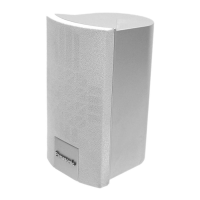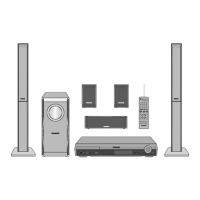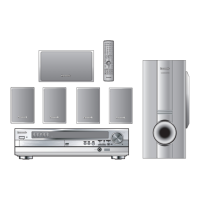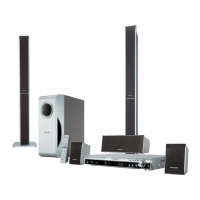Typically the melting point is 50 - 70°F (30 - 40°C) higher. Please
use a high temperature soldering iron. In case of soldering iron
with temperature control, please set it to 700 ± 20°F (370 ± 10°C).
- Pb free solder will tend to splash when heated too high (about
1100°F/600°C).
- When soldering or unsoldering, please completely remove all of the
solder on the pins or solder area, and be sure to heat the soldering
points with the Pb free solder until it melts enough.
6. Prevention of Electro Static Discharge (ESD) to
Electrostatically Sensitive (ES) Devices
Some semiconductor (solid state) devices can be damaged easily by electricity. Such
components commonly are called Electrostatically Sensitive (ES) Devices. Examples of typical
ES devices are integrated circuits and some field-effect transistors and semiconductor “chip”
components. The following techniques should be used to help reduce the incidence of
component damage caused by electro static discharge (ESD).
1. Immediately before handling any semiconductor component or
semiconductor-equiped assembly, drain off any ESD on your body
by touching a known earth ground. Alternatively, obtain and wear
a commercially available discharging ESD wrist strap, which
should be removed for potential shock reasons prior to applying
power to the unit under test.
2. After removing an electrical assembly equiped with ES devices,
place the assembly on a conductive surface such as aluminium
foil, to prevent electrostatic charge build up or exposure of the
assembly.
3. Use only a grounded-tip soldering iron to solder or unsolder ES
devices.
4. Use only an anti-static solder remover device. Some solder
removal devices not classified as “anti-static (ESD protected)” can
generate electrical charge to damage ES devices.
5. Do not use freon-propelled chemicals. These can generate
electrical charges sufficient to damage ES devices.
6. Do not remove a replacement ES device from its protective
package until immediately before you are ready to install it. (Most
replacement ES devices are packaged with leads electrically
10
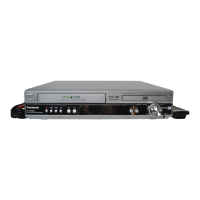
